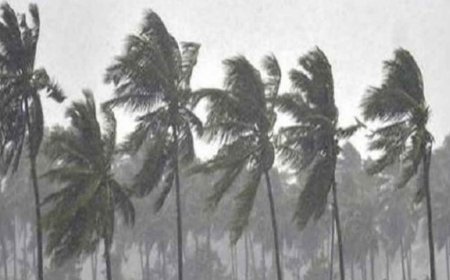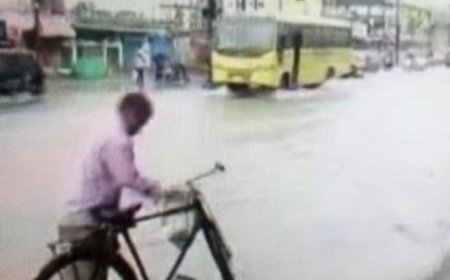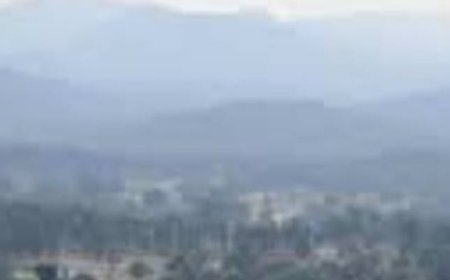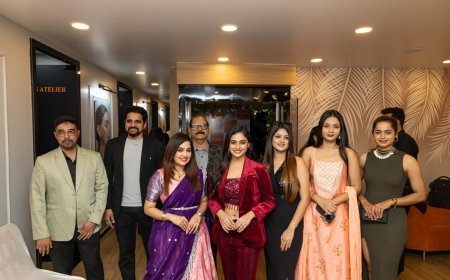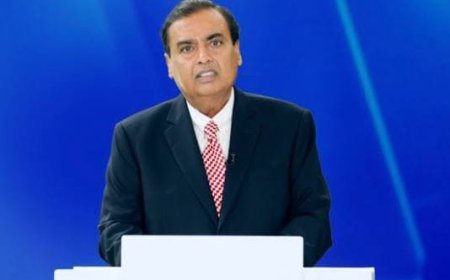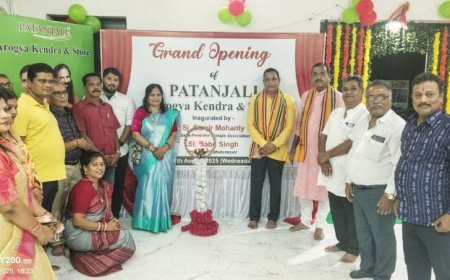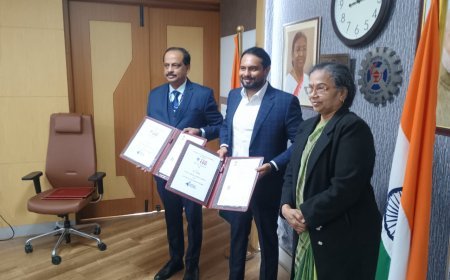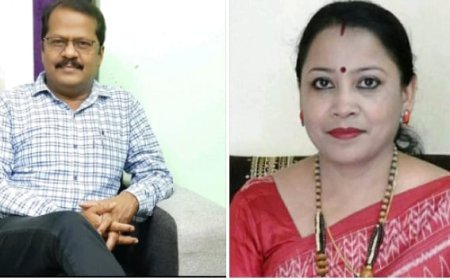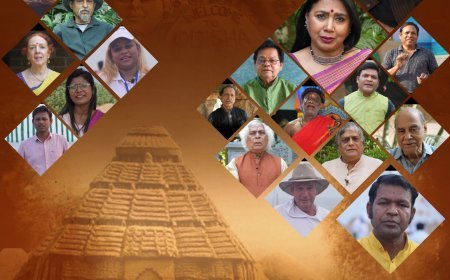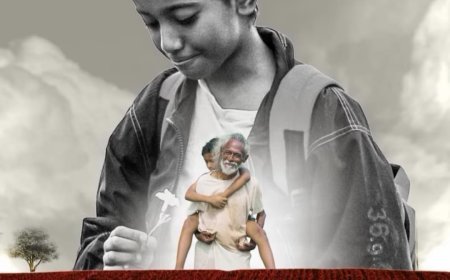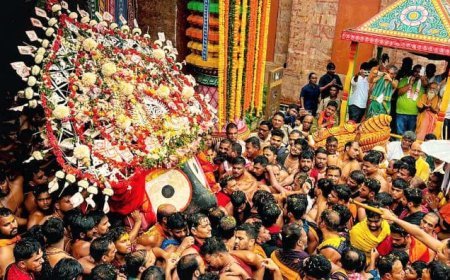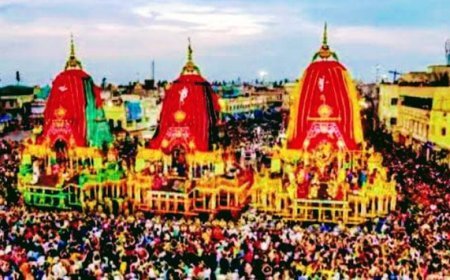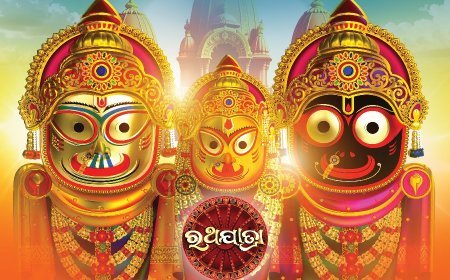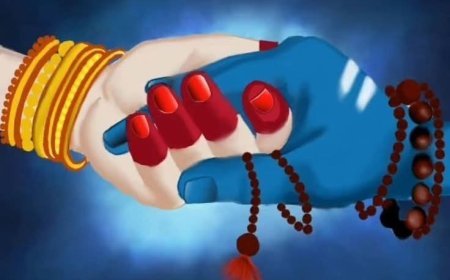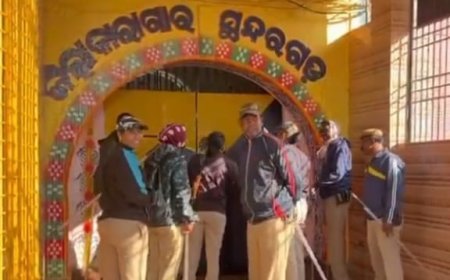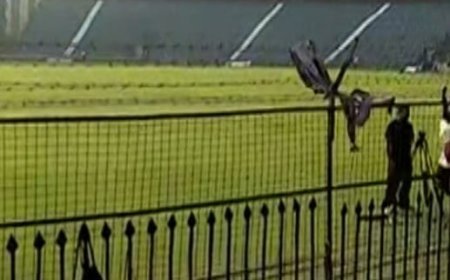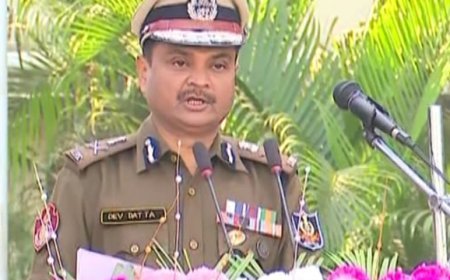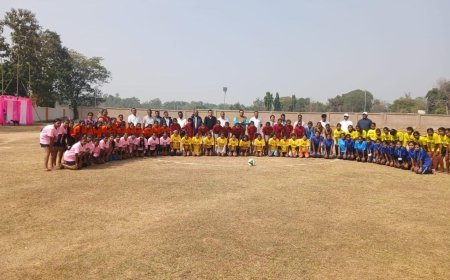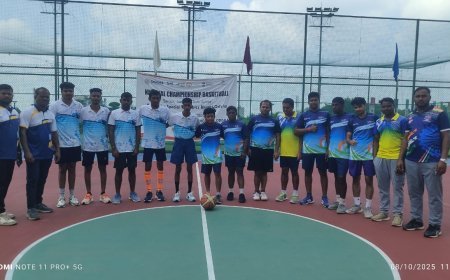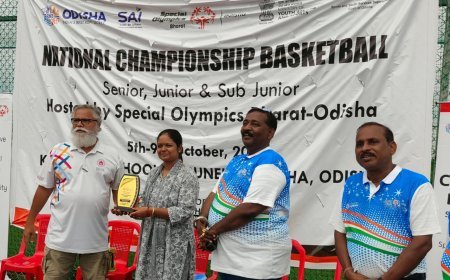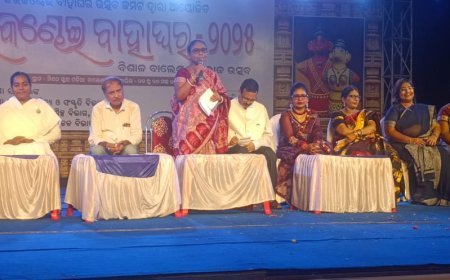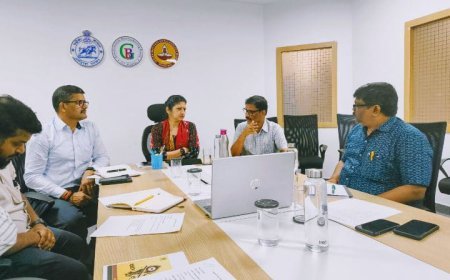The passage
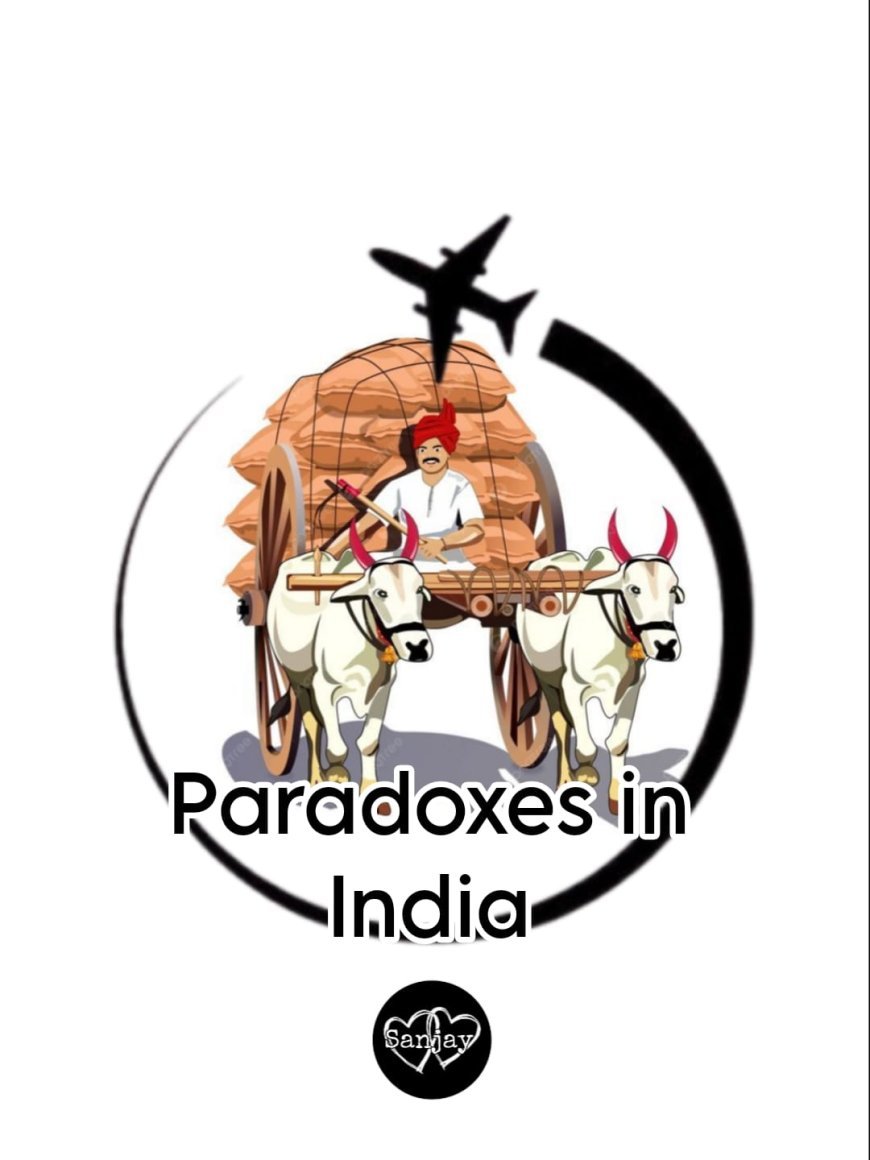
The passage, attributed to Dr. Shashi Tharoor, highlights several paradoxes within Indian society. I have attempted to write a refined version of the passage, along with an analysis of these paradoxes, as presented below:
India is a land of paradoxes. If you walk down an Indian street, you might think everyone is in a hurry, yet punctuality often seems elusive. It is a country where public urination is common, but public displays of affection, like a kiss, are frowned upon.
As one observer pointed out, ours is perhaps the only country where it is unsafe to trust strangers, yet socially acceptable to marry one. This reflects the unique contradictions that shape Indian life.
Consider this: we are a nation that launches rockets into space while many of our people still rely on bullock carts for transportation. We produce some of the world’s leading software engineers and technocrats, celebrated in Silicon Valley, while continuing to use agricultural practices that remain largely unchanged for decades.
In India, to progress often requires invoking the past—a country where being "backward" (in the official sense, related to caste and quotas) can be a means to move forward socially and economically.
There is also the contradiction in the way women are perceived and treated. Hindus worship goddesses in myriad forms across the country, yet societal preference for sons persists. Girls are often mistreated or undervalued in a culture that celebrates divine feminine power. This societal disparity between reverence for goddesses and the neglect of daughters is one of India’s most glaring contradictions.
In essence, India is a country of contrasts and contradictions, a place where modernity and tradition, progress and regression, coexist. These paradoxes are an inescapable part of our identity.
Analysis
1. Contradictions in Behavior:
The passage reflects India's contradictory societal norms. The juxtaposition of public behaviors, such as the casual acceptance of public urination versus the taboo on public affection, highlights cultural incongruities.
2. Socioeconomic Disparities:
India’s technological advancements coexist with widespread poverty and outdated practices, revealing a duality that underscores the uneven pace of progress.
3. Gender Inequality:
The worship of goddesses alongside the mistreatment of daughters underscores a deep-seated gender paradox. Despite cultural reverence for the feminine divine, societal practices often undermine the value of women.
4. Progress Amid Tradition:
The reference to being “backward” as a way to move forward alludes to India’s reservation policies and caste-based dynamics, showing how tradition and modern aspirations intertwine.
5. Identity Through Contrasts:
India’s paradoxes are not merely flaws but also a reflection of its complexity. The ability to hold seemingly contradictory ideas together is emblematic of the country’s unique identity.
The text and analysis reflect India’s intricate and multifaceted nature, offering a critical yet insightful view of its contradictions. These paradoxes are not just challenges but also opportunities for introspection and growth.
Sanjay Pattnayak
Sundargarh
